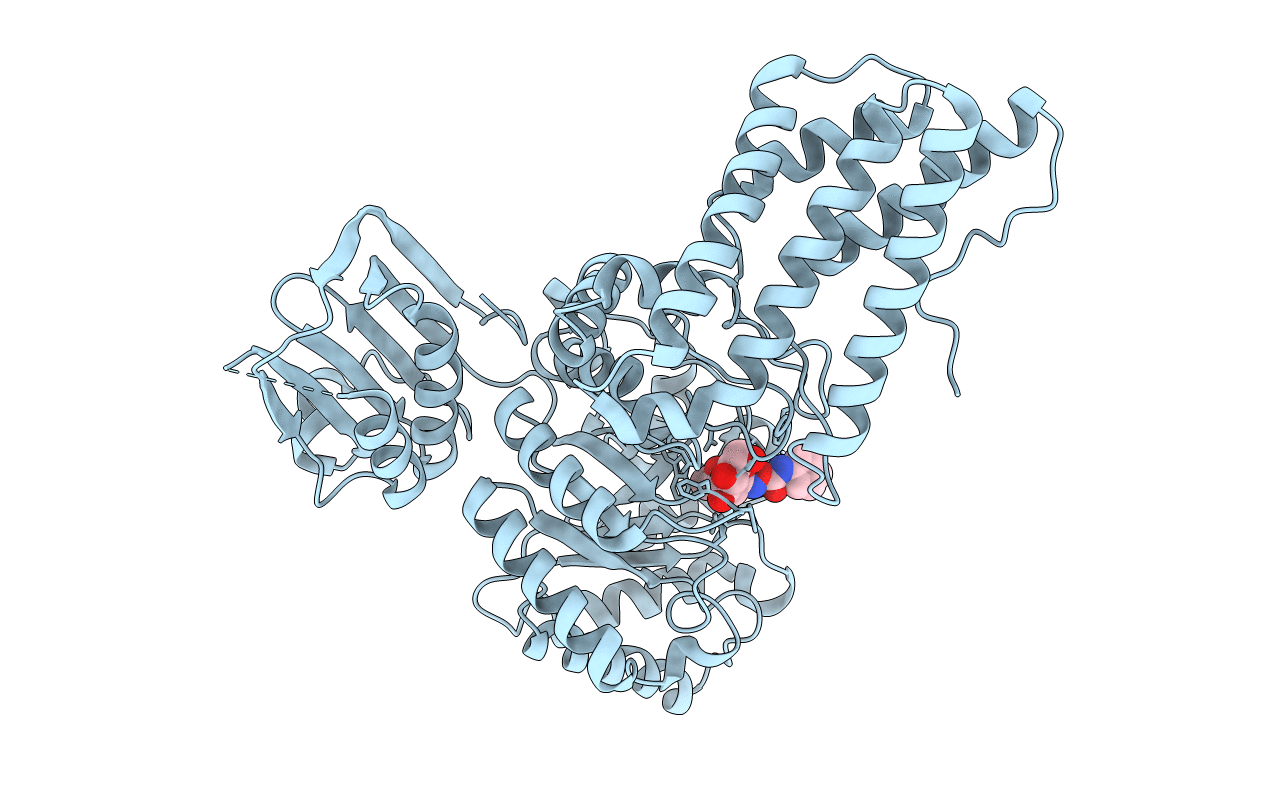
Deposition Date
2008-06-11
Release Date
2008-09-30
Last Version Date
2023-12-13
Entry Detail
Biological Source:
Source Organism:
BACTEROIDES THETAIOTAOMICRON VPI-5482 (Taxon ID: 226186)
Host Organism:
Method Details:
Experimental Method:
Resolution:
2.24 Å
R-Value Free:
0.24
R-Value Work:
0.20
R-Value Observed:
0.20
Space Group:
C 1 2 1


